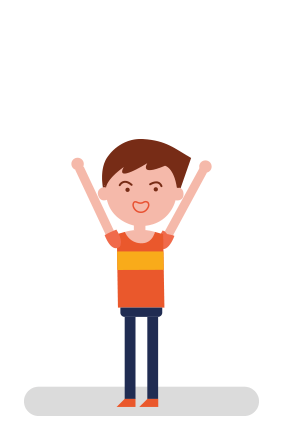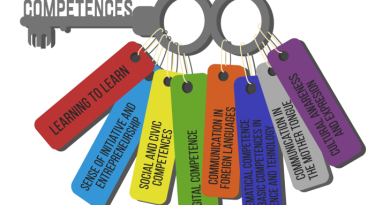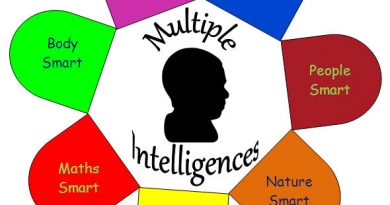Dyslexia and English teaching
Dyslexia can be defined as a specific language disorder where the brain is unable to distinguish, process or codify coherently; its most usual manifestation is in problems with reading and spelling. In FLT, dyslexia requires special attention, considering some measures such as adaptation of written works for oral ones, so that these students can put into practice the same mental processes with some slight adaptations of the task´s procedure.
Kind of FL support:
- Get the student familiar to oral texts orally as a previous step to approach reading.
- Ensure that reading takes place in a pleasant and supported environment, providing the necessary visual support to favour inference of meaning. It is essential to make reading accessible.
- Provide with “hidden reading practice” wrapped in joyful reachable challenges through the FL
- Develop her predictive skills with graded cloze activities.
- Provide summarising sentences with the meaning of longer paragraphs to ensure global comprehension in a story.
- Teach her simple writing patterns in meaningful contexts.
- Make the evaluation instruments flexible enough so that she can rely more on her oral abilities.
- Give more weight to the LS in the first and second blocks in her evaluation.
Moreover, there is a vast array of digital tools to help teachers offer motivating and dyslexia-friendly tasks.
Some useful websites:
Reading webpages, emails, and texts can be hard for dyslexic students. However, many text-to-speech apps sound mechanical and feel clunky. Natural Reader has a nice, natural-sounding voice that can read a variety of documents.
A fun app for younger students with dyslexia to play with sounds.
For troubles with spelling. Ginger Page is a word processor for dyslexic students to write easily.
vBooks PDF Voice Reader can, and it can also change the font to one designed for dyslexic readers.
Reading Intro by Oz Phonics helps kids learn to recognize letter sounds.
This app allows to create graphic organizers to organise their ideas.
In the video, Michele Daloiso brilliantly describes the possibilities of children with dyslexia when it comes to language learning. In a few words, we English teachers understand dyslexia as a kind of learning difficulty that can be attended from the FL area by using appropriate strategies and resources. Therefore, excellence in teaching practice must meet the needs of these “traditionally-unknown” students, whose poor results in traditional teaching do not really make justice to their possibilities.
Video by
Oxford University Press ELT




